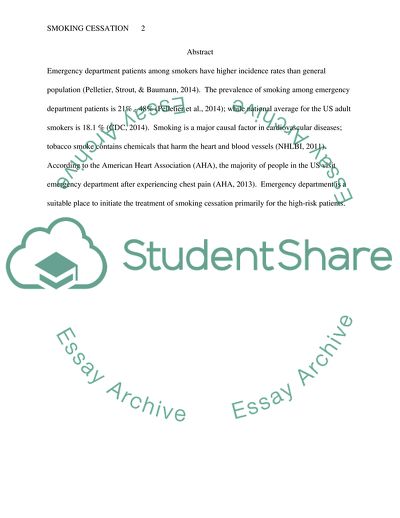Cite this document
(Smoking Cessation in Emergency Department Essay, n.d.)
Smoking Cessation in Emergency Department Essay. https://studentshare.org/medical-science/1840953-smoking-cessation-in-emergency-department
Smoking Cessation in Emergency Department Essay. https://studentshare.org/medical-science/1840953-smoking-cessation-in-emergency-department
(Smoking Cessation in Emergency Department Essay)
Smoking Cessation in Emergency Department Essay. https://studentshare.org/medical-science/1840953-smoking-cessation-in-emergency-department.
Smoking Cessation in Emergency Department Essay. https://studentshare.org/medical-science/1840953-smoking-cessation-in-emergency-department.
“Smoking Cessation in Emergency Department Essay”. https://studentshare.org/medical-science/1840953-smoking-cessation-in-emergency-department.


